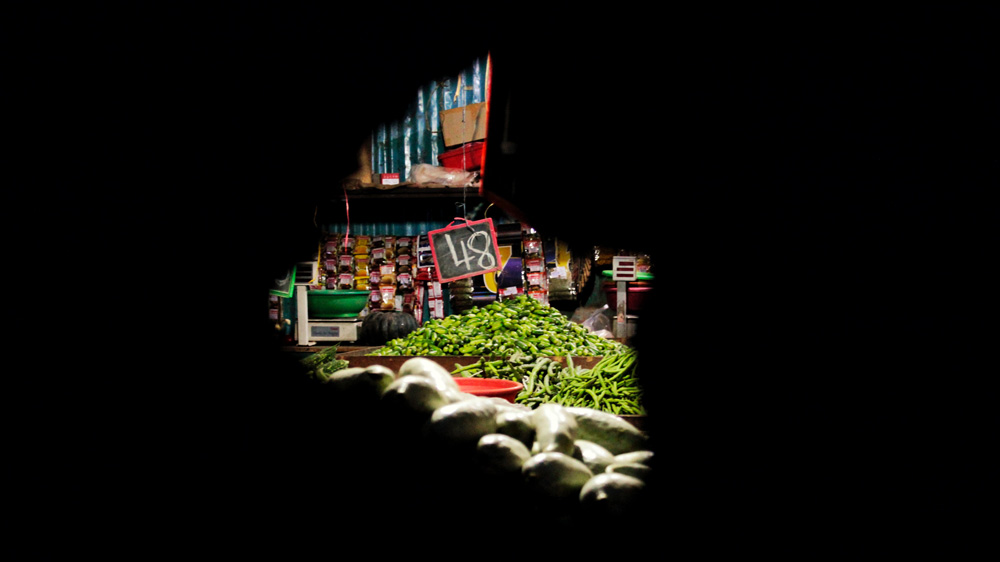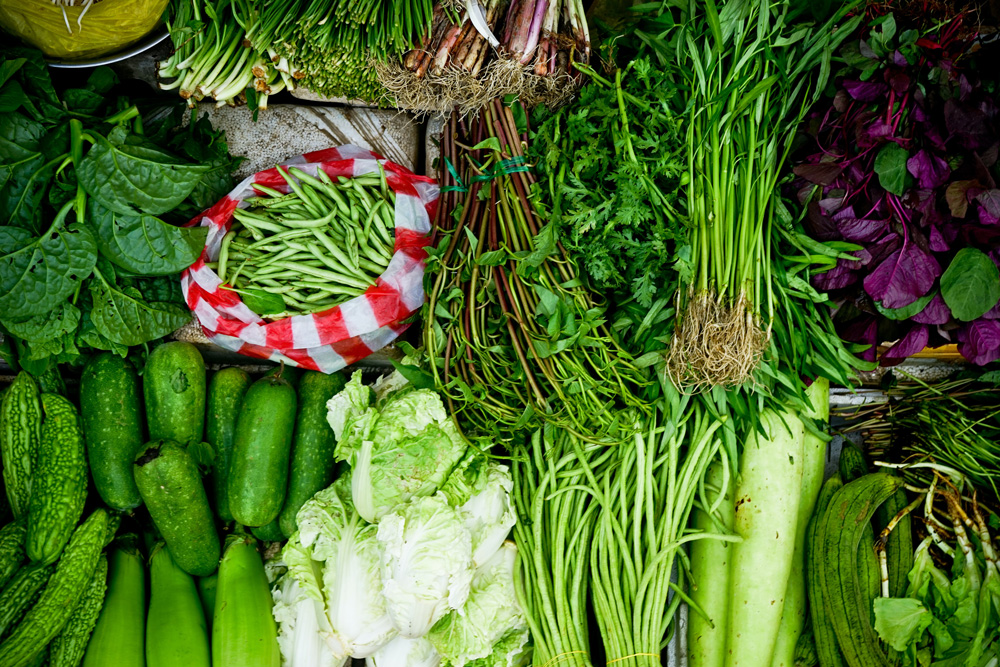How can we transform our food systems? What role does each of us play in this transformation? The “Actions to Transform Food Systems Under Climate Change” report by the CGIAR Research Program on Climate Change, Agriculture and Food Security (CCAFS) outlines the agenda for action tailored to various actors of the food value chain. The report links food systems with the Sustainable Development Agenda, reminding us that food is pivotal to sustainability.
From birth to death, humans are central to the food system. The contribution of farmers and supermarkets is rather clear, but traders and consumers have a stake in food systems too. In fact, according to the EAT-Lancet commission, a world-leading researcher body in nutrition, health, sustainability and policy from across the globe, food systems are “all elements and activities that relate to production, processing, distribution, preparation, and consumption of food”. In other words, all of us are food systems actors, though some people and organizations hold more transformational power than others.
But what is wrong with our food systems? First and foremost: Nearly one in every ten people suffers from chronic hunger and severe food insecurity. Undernutrition and obesity are rampant and breed non-communicable diseases that induce human suffering, steal development opportunities and hinder our economies.
Food systems play a twofold role in the climate change dilemma, being both a culprit and a victim of climatic changes. On the one hand agriculture accounts for approximately 20% of all greenhouse gas (GHG) emissions. The sector also plays a role in land degradation, freshwater use and biodiversity loss. On the other hand, climate change impacts agriculture like no other sector. Food production heavily relies on favourable weather conditions and seasonal cycles. Climate change is disrupting these weather patterns, which is a grave concern for food security worldwide.
Action areas
CCAFS appointed five expert panels, each focusing on a specific key area, to form guidance and a call for action for every sector to transform and heal our food systems.
The four key areas for action are:
- Reroute farming and rural livelihoods by diminishing greenhouse gas emissions, decreasing inequalities, enhancing social inclusion and empowerment while promoting climate-resilient agricultural practices that meet dietary needs.
- De-risk livelihoods, farms and value chains with the adoption of early warning systems for extreme weather events, creating adaptive safety nets and enhancing access to climate-informed advisories, employing the means of digital information and communication services.
- Reduce emissions from diets and value chains with an emphasis on changing dietary patterns and on preventing food loss and waste. Changing how supply chains, food retail, marketing and procurement can all help achieve these goals.
- Realign policies, finance, support to social movements, and innovation to build more resilient and sustainable food systems. This is the backbone of the three other action areas, enabling policies and institutions must make sure they are realigning subsidies and trade, dealing with power inequities and marginalization as well as supporting social movements that work with climate, livelihoods and food system issues.
The report also highlights examples of existing projects and products that provide insight for replicating and scaling up transformative action.
M-PESA (a mobile phone-based money transfer, payments and micro-financing service) launched in Kenya makes the list of savvy technology use that aids poverty alleviation, especially valuable for female farmers who often do not have a bank account. Other noteworthy examples are Hello Tractor, a Nigerian service that allows farmers to rent machinery on demand, boosting efficiency at affordable costs and Ethiopia’s Productive Safety Net Program, which provides food and financial support in exchange for public work, reducing dependence on humanitarian assistance. Currently, 8 million farming communities take part in the programme.
Crucially, the solutions should be fitted to a specific context and take the needs and the wishes of the final users into account. The discussion about eating meat is, perhaps, the brightest example. Whereas “Meatless Monday” movements should be encouraged in high- and middle-income countries, lower-income countries with widespread undernutrition need to increase the efficiency of their livestock management to enhance production without increasing pollution. “While the focus of these actions is climate change adaptation and mitigation, all actions should have co-benefits that support other food system objectives (e.g., health benefits). That said, we recognize that each will have inherent trade-offs, and that implementation will be highly context-specific,” says the report.
All farming systems, regardless of size and cropping system, have to change. While increasing productivity is important, different farming methods have to take into account climate risks and mitigate the effects of agriculture on global changes, like lowering GHG emissions or biodiversity loss. This is decisive for higher resilience and productivity, revitalization of rural economies and lower concentration around and dependence on a few large cities.
Supported by a subsidy policy that targets climate-smart production, the private sector can help agriculture become more climate-friendly and -resilient, for the benefit of all. According to the CCAFS report:
“Redirecting public subsidies to provide incentives for private sector investment can be a game changer in financing rural transformation.”

